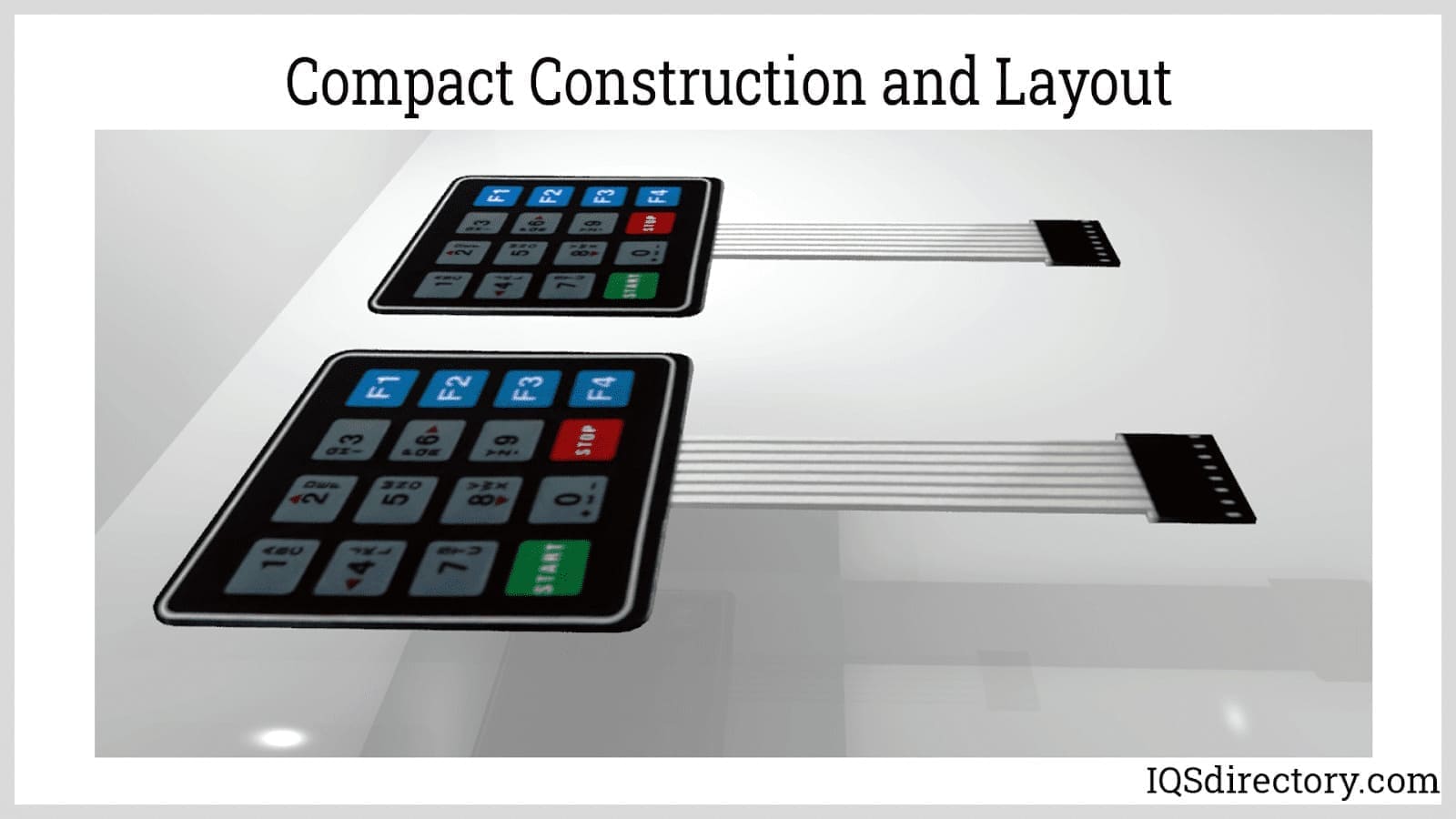Understanding the Functionality of Membrane Layer Switches Over for Individual Interface Devices
The functionality of membrane switches stands for a significant innovation in user interface layout, combining effectiveness with aesthetic convenience. As industries significantly prioritize individual experience, recognizing the nuances of membrane button innovation ends up being vital.
What Are Membrane Switches?
Membrane layer switches are innovative interface gadgets that assist in customer interaction with electronic tools. These versatile components include several layers, including a graphic overlay, spacer, and a printed circuit layer. The design enables for a smooth combination into numerous electronic devices, boosting both the visual and functional elements of interface.
Membrane switches are frequently utilized in a wide variety of applications, from household home appliances to commercial equipment and clinical devices. Their building commonly includes a slim account, making them a suitable choice for small designs. The tactile responses given by these buttons can be crafted to satisfy specific user preferences, making certain reliable interaction between the user and the tool.
Durability is an additional substantial advantage of membrane buttons, as they are immune to dust, wetness, and chemicals, which improves their lifespan sought after settings. Furthermore, these switches can be customized in regards to shape, dimension, and graphic design, enabling branding and user-specific functions. In general, membrane layer switches stand for a functional service for boosting individual experience in electronic gadgets, combining performance with visual allure in an effective fashion.
Exactly How Membrane Layer Changes Job
Operating on an uncomplicated principle, membrane switches use a layered building and construction to register customer input efficiently. Each switch contains numerous layers, including a published circuit layer, a spacer layer, and a top graphic layer, which are made to work together flawlessly. When an individual presses the leading layer, it compresses the spacer layer, bringing the conductive components of the circuit layer into contact with each various other.
This contact develops a closed circuit, signifying the device to carry out a particular feature. The layout permits numerous configurations, consisting of tactile comments, which can boost the user experience by providing a physical experience upon activation. The products used in membrane buttons frequently include versatile substratums, such as polyester or polycarbonate, which guarantee longevity and durability versus wear and tear.

Key Advantages of Membrane Switches

Another substantial benefit is their compactness. Membrane layer switches are slim and lightweight, which enables manufacturers to conserve area in their devices without giving up capability. This attribute is specifically helpful in applications check here where weight and volume are important considerations.
In addition, membrane buttons are resistant to dirt, wetness, and chemicals, boosting their durability. This durability extends their life expectancy and decreases the need for regular replacements, leading to price savings with time.
Additionally, the tactile feedback supplied by membrane layer switches can be maximized to enhance individual communication. They can include attributes such as increased switches or audible clicks, enhancing use and user experience.
Applications Throughout Industries
Interface tools utilizing membrane layer buttons are prevalent in a large selection of industries, showcasing their versatility and capability. Membrane Switch. In the medical market, membrane switches are important to tools such as diagnostic devices and individual surveillance systems, where their toughness and convenience of cleaning are important for keeping health standards. In the automotive market, these buttons are utilized in control panel controls and infotainment systems, offering a smooth and contemporary user interface for individuals.
In addition, the customer electronic devices field take advantage of membrane layer buttons in devices and portable tools, where portable style and straightforward user interfaces boost click this site customer experience. Industrial applications additionally utilize membrane layer switches for control board in equipment and automation systems, highlighting their toughness and resistance to severe settings.
In the aerospace and protection sectors, membrane switches are utilized in cabin controls and tools, where dependability and performance under extreme problems are critical. Additionally, the gaming sector significantly integrates membrane buttons in controllers and arcade machines, adding to an interesting individual experience. In general, the versatility of membrane layer changes enables their widespread usage across numerous fields, highlighting their importance in modern-day interface design.
Future Trends in Membrane Layer Switch Modern Technology

Furthermore, using innovative materials, such as polycarbonate and polyester movies, is anticipated to climb, supplying boosted longevity and resistance to environmental stressors. These products add to the overall longevity of membrane switches, making them suitable for harsher industrial applications.
Furthermore, the unification of clever innovation, consisting of IoT connection, will make it possible for membrane switches to interact with other tools and systems, assisting in a more interactive customer experience. This fad aligns with the growing need for smart tools throughout various industries, from health care to customer electronic devices.
Lastly, modification alternatives are prepared for to increase, permitting suppliers to develop bespoke remedies customized to specific individual requirements and preferences. These developments will position membrane layer buttons as crucial parts in the advancement of interface modern technology.
Verdict
In conclusion, membrane layer switches stand for a pivotal improvement in customer interface innovation, supplying a trustworthy and versatile option for diverse electronic applications. As advancements in product science and touch noticing modern technologies proceed, the capability and applicability of membrane buttons are anticipated to expand, strengthening their significance in modern-day electronic gadgets.